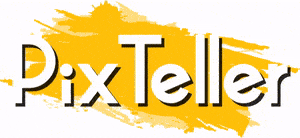How to Find Your Personal Drawing Style?
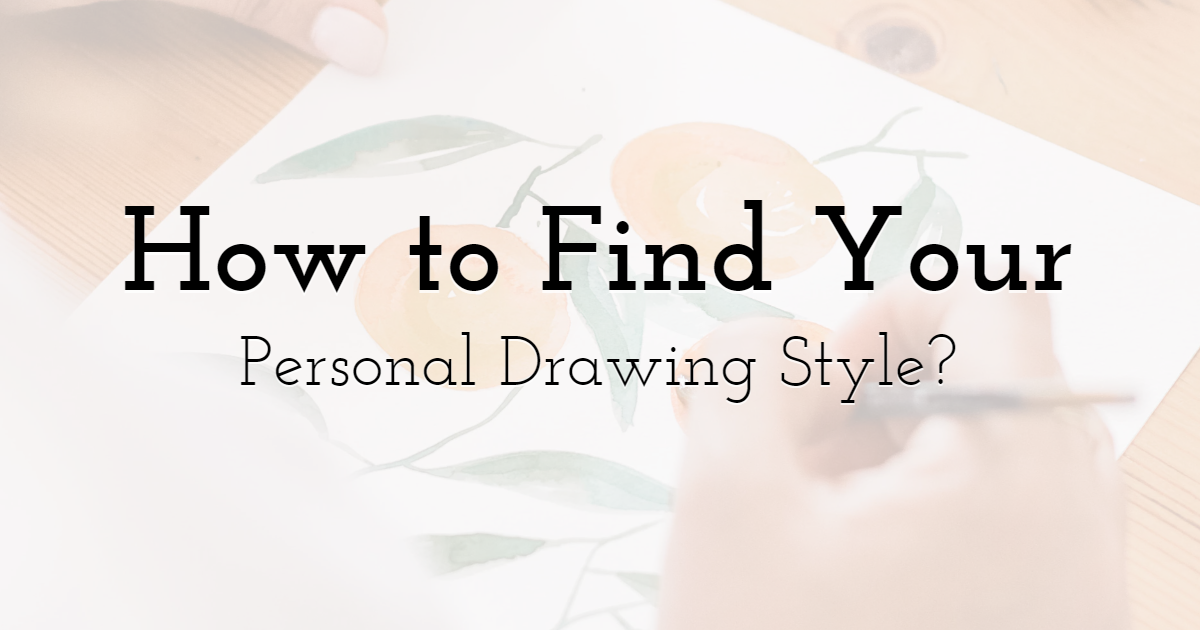
Design visuals for personal or commercial use with PixTeller online image maker.
It might be hard for creators to find their personal style, especially in the beginning. If I were to describe it in two words, I would say, "It is a natural, inevitable process. So just trust the process". As a student, I was very stressed about finding my style, with all the writing assignments, student nightlife, etc. I am glad that I could find qualified experts to write a paper for me, so I had more time to practice and get results. Here, I provide some tips to speed the process of finding a personal drawing style:
1. Learn The Basics
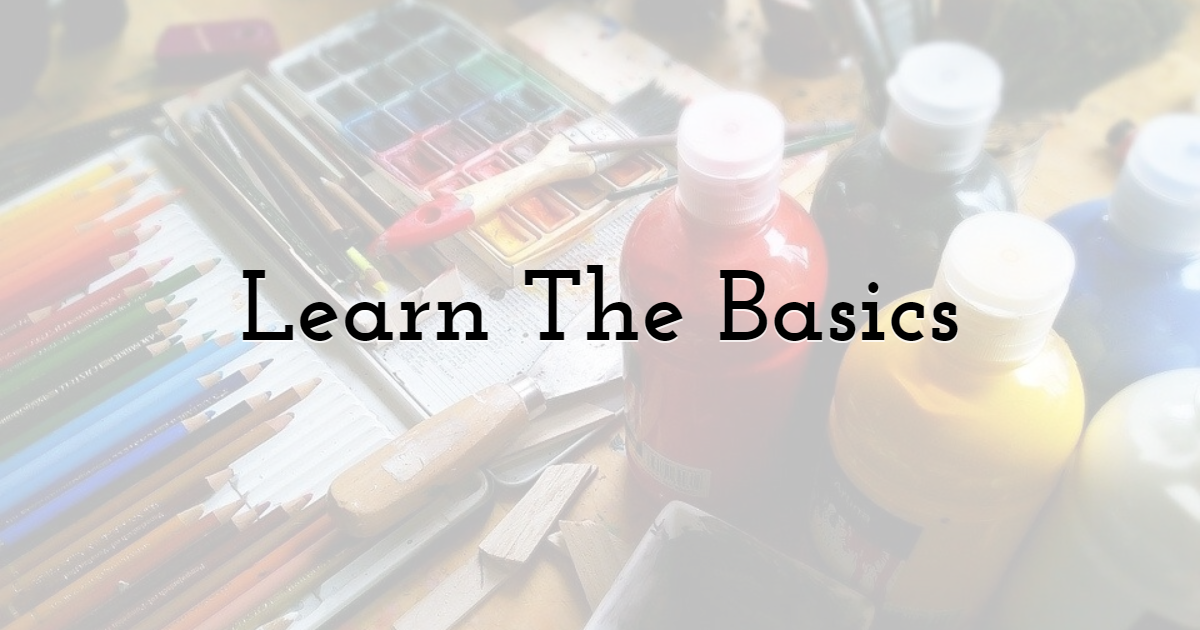
Forms Are The Key to Success
Forms should underlie any artist's work, but, unfortunately, in most cases, no one remembers about the conditions in most cases. It is your responsibility to build on fundamental elements when you create drawings.
How can you draw a fantastic fish if you can't even draw a realistic fish? If the drawing looks bad, then most likely the shapes were drawn incorrectly. Knowing shapes means breaking everything you see or draw into simpler shapes.
Structure
The structure is the anatomy of what you are drawing. It doesn't matter what you want to attract. You must know how it is built. Muscles, bones, skin, hide, wool, roots, branches, leaves are all part of the same structure.
Make sure you don't have knowledge gaps. You should know so much technical information that you can already intuitively navigate the structure. This implies not only knowledge of the basic rules of drawing and the ability to apply them and understand them.
Once you know the structure of the animal, you are free to design and not worry about the basics. Your work will look great anyway since the structure will be correct. Remember that if you want your drawing to look authentic, you need to know the structure of the object.
Use Grids
The grid will help you position the shapes correctly. Try drawing with a grid to help you deal with perspective and proportions, as you can break your image into small pieces.
See in 3D
Perspective is incredibly important. Even a 2D drawing needs to be seen in 3D space. This will help you understand the proportions.
Correct Perspective
Perspective implies proportion. It has a significant impact on everything, for example, the position of the eyes. And if you haven't mastered it, then you shouldn't even take on challenging jobs. Make learning more fun: draw boxes with eyes (they will be your characters to practice perspective.
It is quite easy to check the correctness of symmetry and perspective. Flip the image. Does it still look correct? If not, then you probably forgot about symmetry. The angle is quite tricky to master, so, as mentioned above, practice on simple shapes - boxes and squares, turn them into characters to make you more fun.
2. Examples and Research Are Needed
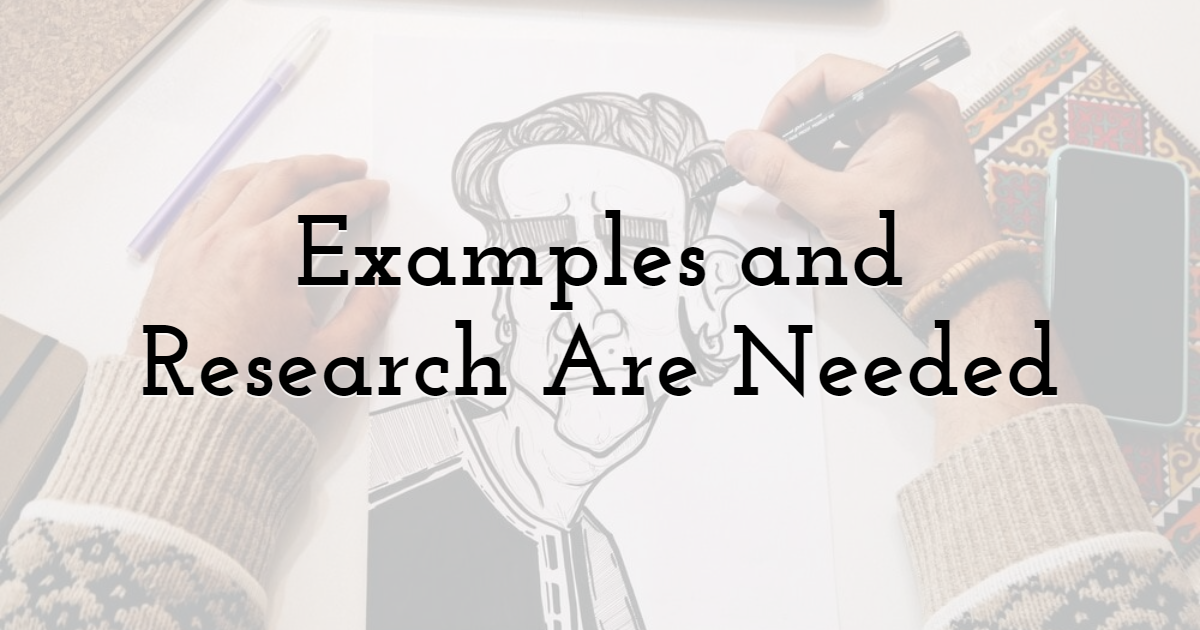
Use real-world examples to add intricate detail to your image. Explore as much anatomy as possible. It helps to go outside, closer to the objects you draw: in the forest, parks, and zoos. This helps to improve the knowledge of plants' structure, animal anatomy. Therefore, it is advised to blindly copy and look deeper and understand what you are drawing.
If you know how each bone moves, what position each muscle is in, then you can breathe life into your drawings. You will have many more opportunities than if you were based only on your skills.
3. Work on Bugs
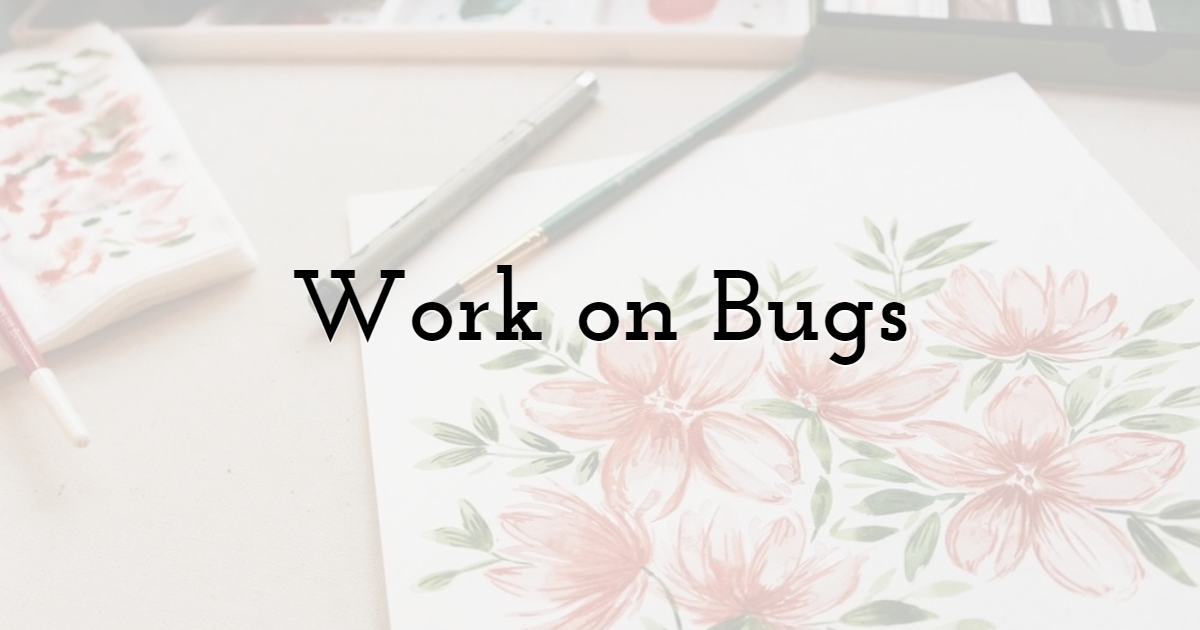
Identify your flaws. Are you terrible at drawing hands? Can't draw a character in motion? Study this! Every artist has their weak points. We could all continue just to sit and draw only what we can draw, over and over again. But then, you will never grow as an artist.
Analyze what you are drawing. Break everything down into structures and think about why you are attracting what you are removing. Work on your flaws, but don't overwhelm yourself. The training may even take several years. Give yourself that time.
4. The Practice is The Path to The Ideal
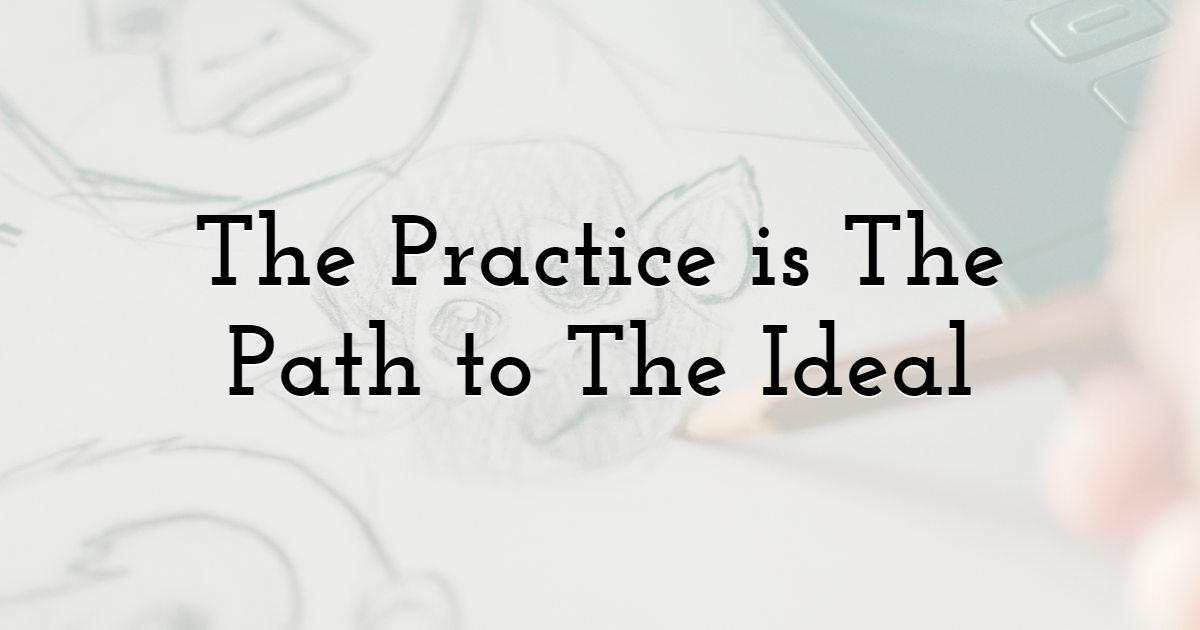
In parallel with working on your shortcomings, hone the skills that you have already mastered. Can you draw attractive lines? Continue to work on your agility. Try different styles and tools to improve your skills.
Remember, your drawings should look good and sketchy. Your hands should be able to repeat the thoughts of the mind exactly. The coordination of the mind, eyes, and hands is essential.
5. Don't Follow All The Tips
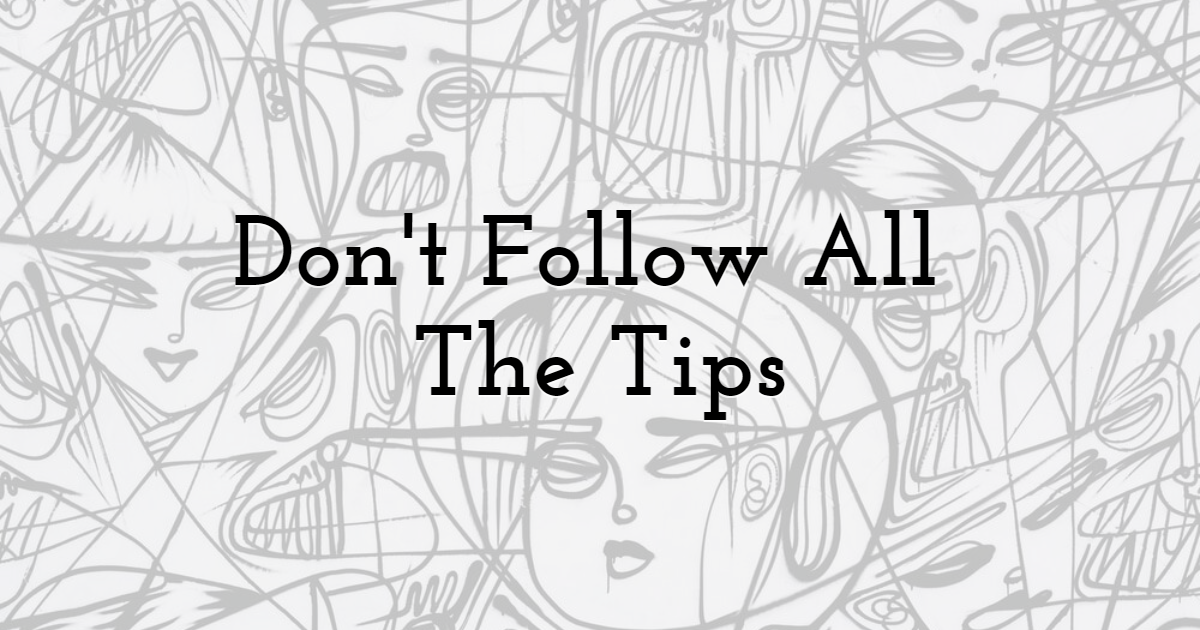
Nobody knows what will work for you except yourself. Listen to advice with a grain of salt - it may not work for you! We don't all work the same way - we find different ways to learn. It would help if you learned to understand the difference between learning and understanding information. You need to know why you are making a choice you are making.
Ask yourself: "What helps the information to get into your mind?" Do you need a real-life example, or do you learn from books and videos? Maybe YouTube lessons or real courses? Or Pinterest? You need to find the path that works for you.
6. Take Something From Others
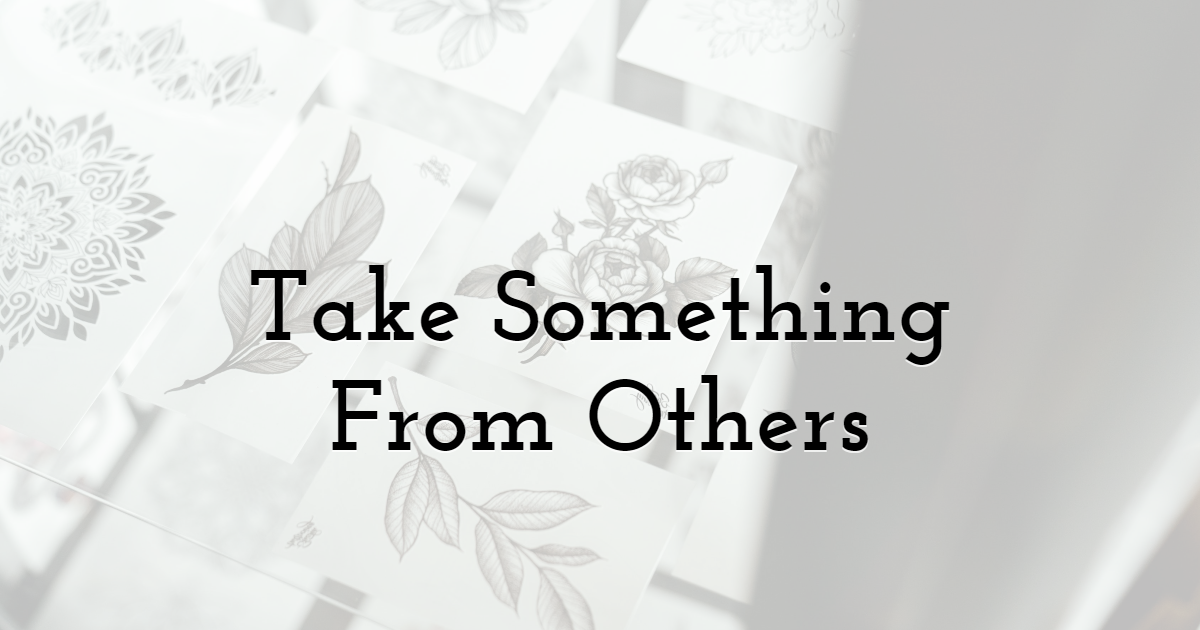
Soak up the world around you. Do not be afraid to take something from others and apply it in your art, passing it through the prism of your worldview. Don't copy the elements. Your creativity should be a hybrid of many influences.
For example, musicians choose different artists to inspire, and take from each of them what they like, modifying and implementing it into their style.
7. There is Always Something to Learn
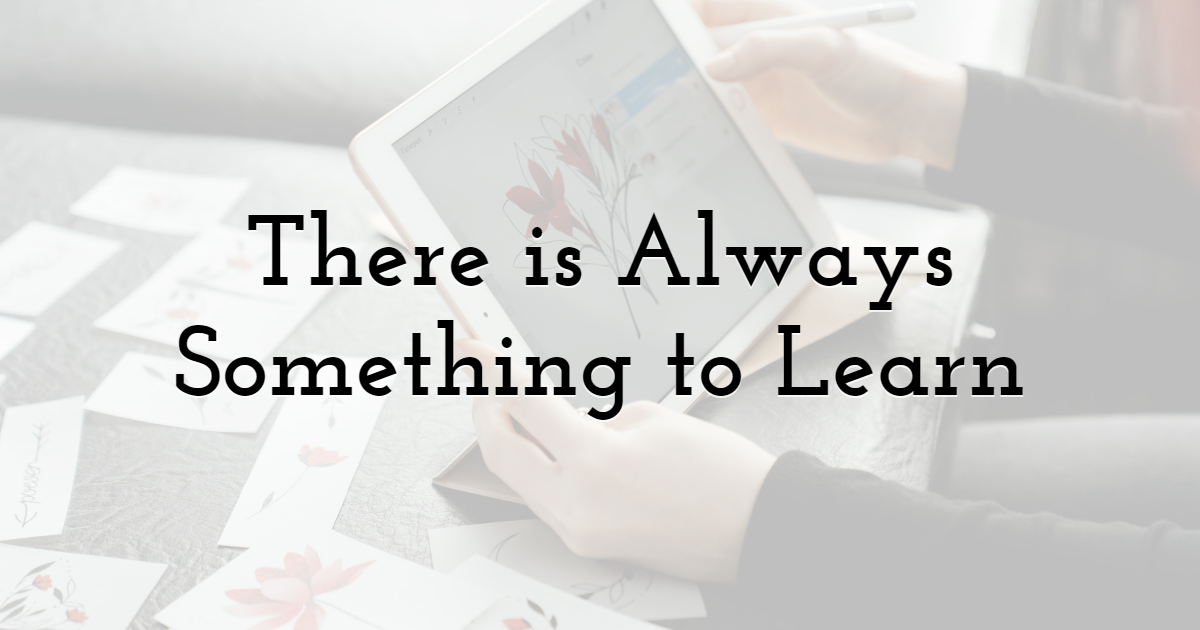
Don't do the same thing all the time. Don't use some style as a basis if you don't know it thoroughly. Draw with your imagination, experiment, and ask yourself why. Why are you breaking the rules? How do you feel when you paint?
It would be best if you had your own opinion, developed intuition in design by instilling good habits. Learn the basics, strive for new knowledge, and never be lazy. But despite all of the above, don't be too hard on yourself. The greatest artists never stop studying and trying to break bad habits. Most importantly, have fun!
Until next time, Be creative! - Pix'sTory made by Donald Mena
Recommended posts
-

Why You Need a Graphic Designer for Your Dropshipping Business
Read More › -
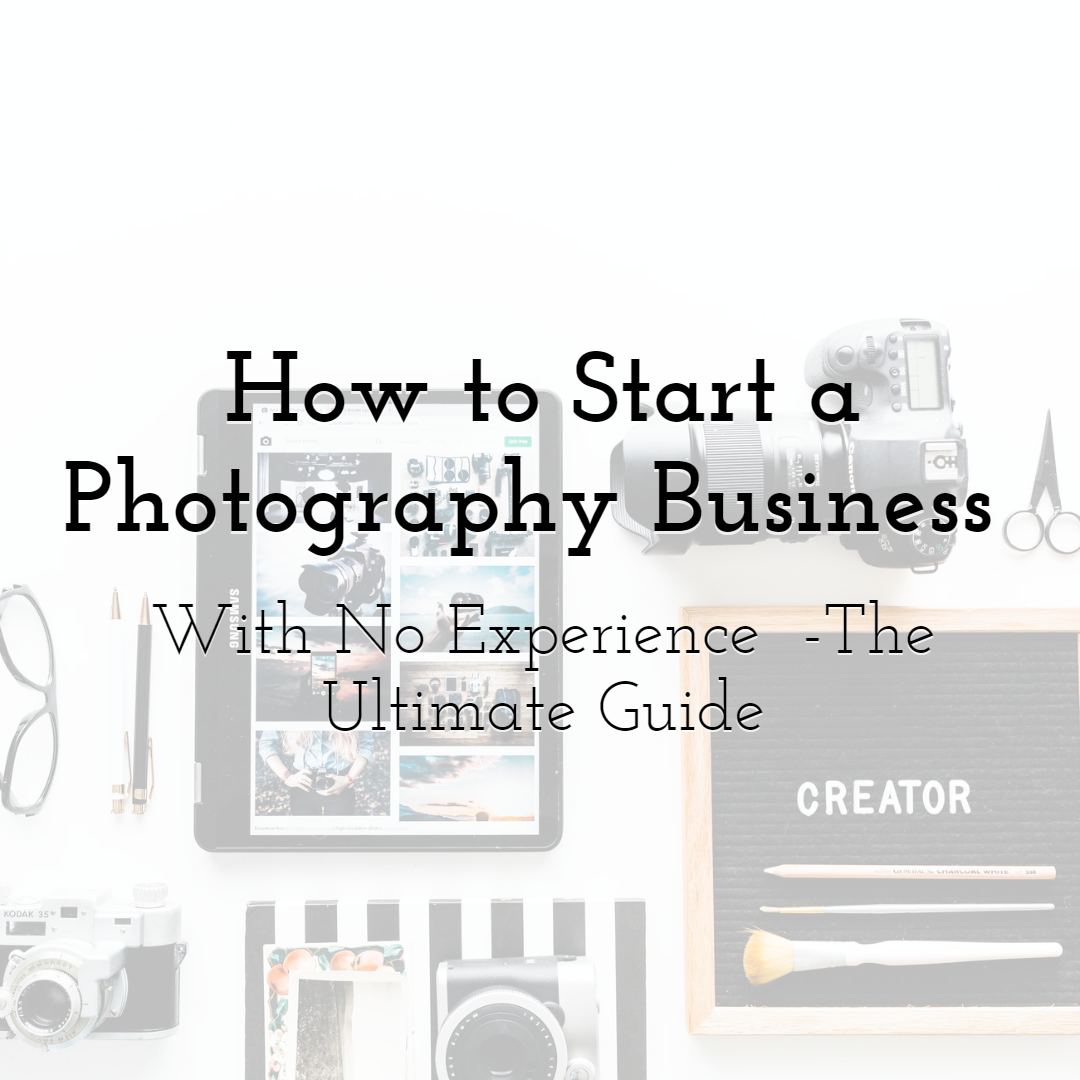
How to Start a Photography Business With No Experience - The Ultimate Gui...
Read More › -

Starting a Career in Designing? Use These Hacks to be a Professional
Read More › -

Why UX Design Strategy Is Important in Reducing User Frustration and Boun...
Read More › -

How QR Codes Are Shaping Technology and Web Design in the US
Read More › -

How Technology Innovations Impact Photo Editing Software
Read More ›
